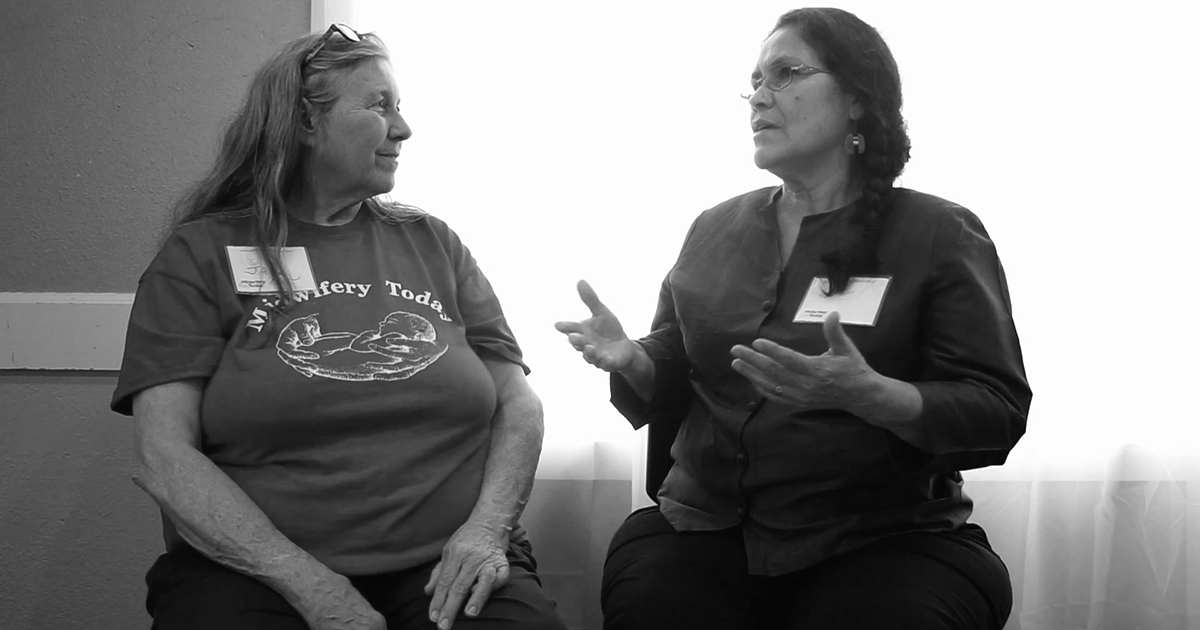
Photo by Christian Fickinger
All She Wanted Was Her Socks: Bolivia’s First Doula
Editor’s note: This article first appeared in Midwifery Today, Issue 132, Winter 2019.Join Midwifery Today Online MembershipThe United States’ use of doulas during childbirth is on the rise. A 2012 survey conducted by Evidence Based Births indicated that 6% of the births in the US are conducted with the assistance of a doula, up from 3% in a 2006 national survey (Declercq et al. 2007; Declercq et al. 2013). This growing acceptance of doulas is not shared in countries like Bolivia where Canadian expat, Vanessa Sykes, delivered her daughter, Isabella, four years ago. She says, “I wanted a vaginal birth and to women outside Bolivia this seems like a given; but in Bolivia, women are kept out of the birthing process.” Sykes refused to be excluded. This refusal led her into a journey that resulted in her becoming the first registered doula in Bolivia, as well as forming Vanessa Sykes Birthing Services in Santa Cruz de la Tierra, Bolivia. Vanessa Sykes Birthing Services is a first in Santa Cruz de la Tierra—one of the fastest growing cities in the world. Services include an array of doula care ranging from prenatal to postpartum care. They also offer some of the only Lamaze classes and lactation counseling in Bolivia. Sykes is always adding to the services. She said, “Last year I went to Brazil to learn about Spinning Babies, which includes different exercises women can introduce while pregnant to help with the birthing process.” She hopes these services provide the care she did not receive when she gave birth to Isabella. “I had a difficult time finding a professional that could help me,” Sykes said, “I didn’t want to have any interventions. I wanted to be able to do what I wanted to do when birthing my baby.” The first obstetrician she… Read more…. All She Wanted Was Her Socks: Bolivia’s First Doula
Read more…. All She Wanted Was Her Socks: Bolivia’s First Doula
































